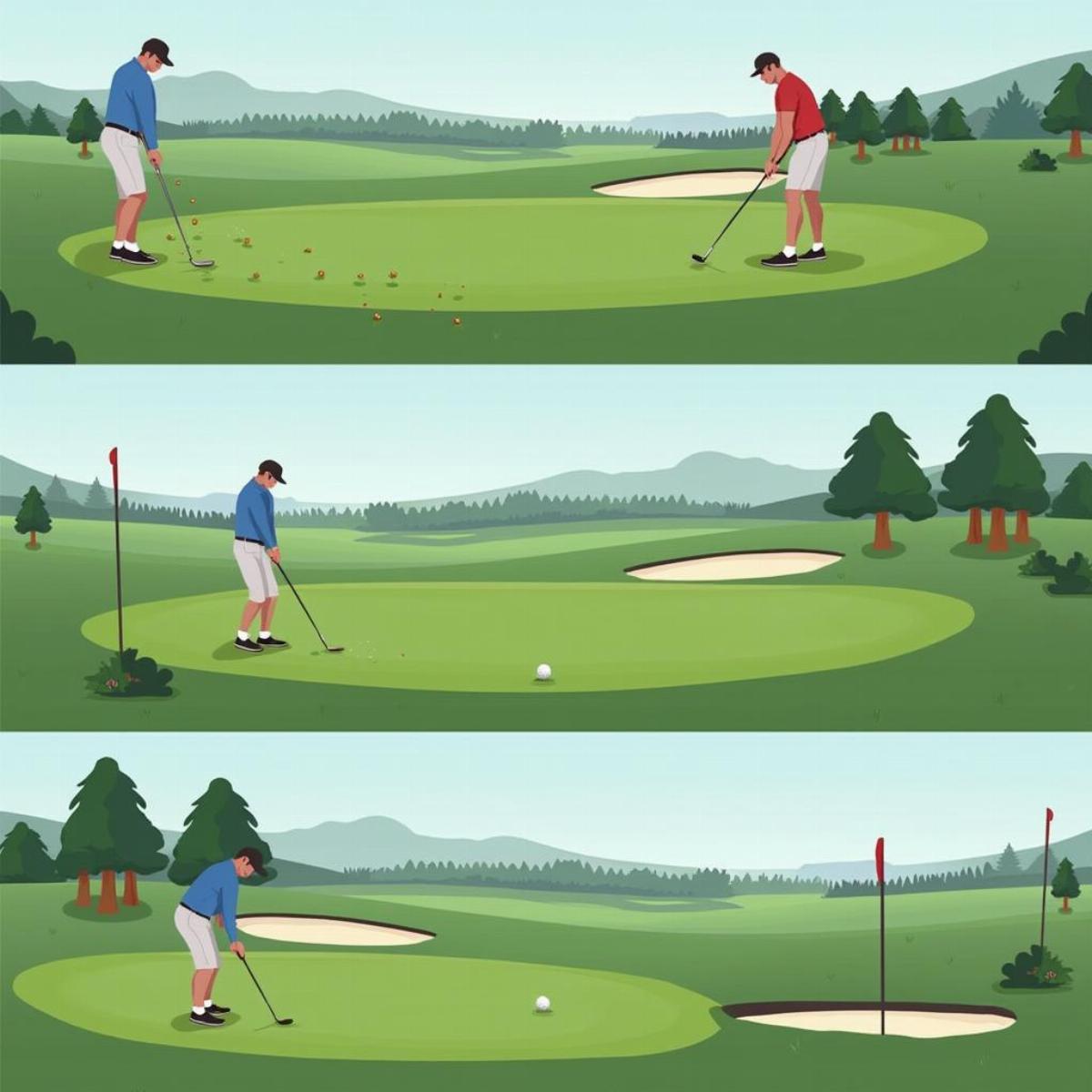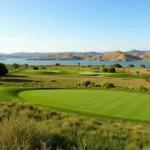When it comes to the world of sports and particularly, golf, one topic that often pops up is the difference between low spin and high spin shots. For both novice and skilled players, understanding these concepts can make a significant impact on performance. This article will break down the core principles of low spin and high spin, explore their effects on golf shots, and provide valuable insights into when and how to use them.
What is Spin in Golf?
Spin refers to the rotational movement of a golf ball after it has been struck by a club. This rotational movement is crucial as it affects how the ball behaves in the air and upon landing.
Types of Spin
- Low Spin: This occurs when the ball has less rotation after being hit. It generally results in a straighter flight path and more distance.
- High Spin: This type of spin means that the ball rotates more, leading to a more dramatic arc in the air and a larger stop on the green.
The choice between low spin and high spin can drastically change your game plan on the course, making it essential for players to understand when each is beneficial.
How Low Spin and High Spin Work
Low Spin shots generally allow the golf ball to travel farther. When a ball is hit with low spin, it tends to have a flatter trajectory. This is due to the lessened aerodynamic lift and drag created by the ball’s rotation. Players looking to gain distance often seek low spin because it can reduce chances of the ball ballooning too high and losing momentum.
High Spin shots, on the other hand, provide more control over the ball’s landing. This is particularly useful for approach shots where precision is paramount. High spin creates a more steep trajectory, allowing for a better stop on the greens. However, excessive high spin can also increase the likelihood of hooking or slicing the ball, which can ruin a round of golf.
 Golf Ball Spin Comparison
Golf Ball Spin Comparison
| Aspect | Low Spin | High Spin |
|---|---|---|
| Trajectory | Flatter | Steeper |
| Distance | Generally greater | Sometimes less, but controlled |
| Control | Less control on landing | More control, easier to stop |
| Uses | Long drives or distance shots | Approach shots for precision |
| Risk | Can lead to less predictable flight paths | May cause hooks or slices |
Factors Influencing Spin
Understanding why and how these spins occur is important. Several factors, both physical and technical, influence whether a shot will result in low or high spin:
1. Club Type
- Wedges typically generate high spin due to their loft and grooves, which grip the ball upon impact.
- Drivers are designed for lower spin, helping maximize distance.
2. Swing Speed
A faster swing can create either high or low spin depending on the club used, but usually, a smoother, slower swing with certain clubs can lead to higher spin.
3. Angle of Attack
The angle at which the club approaches the ball can significantly affect the spin. A steep angle tends to generate high spin, whereas a shallow angle may produce low spin.
 Golf Swing Angle of Attack
Golf Swing Angle of Attack
4. Ball’s Cover Material
The cover of the golf ball can also influence the spin. Softer covers tend to create more friction and, as a result, higher spin rates.
5. Environmental Conditions
Wind and weather can also impact spin. For example, a windy day may influence how much spin is effective in certain shots.
When to Use Low Spin vs High Spin
Understanding the appropriate time to utilize low or high spin can improve your golf game significantly.
Low Spin Situations
- Long Drives: For maximizing distance, especially off the tee.
- Windy Conditions: Lower spin helps keep the ball from ballooning.
- Lateral Hazards or Out of Bounds: A straighter ball decreases the risk of slicing or hooking into trouble.
High Spin Situations
- Approach Shots: Needed for precise landing on greens, allowing the ball to stop quickly.
- Short Game: When chipping or pitching around the greens, high spin provides better control.
- Uphill Lies: High spin helps keep the ball in the air longer, aiding in control over the shot.
 Golf Course Situations for Spin
Golf Course Situations for Spin
Practical Tips for Achieving Low or High Spin
For Low Spin
- Club Selection: Use a driver or hybrid club to hit lower spin shots.
- Swing Technique: Focus on maintaining a shallow angle of attack.
- Ball Position: Position the ball more forward in your stance to encourage a lower strike.
For High Spin
- Use the Right Wedge: Choose a club with lots of grooves and loft.
- Steeper Angle of Attack: Focus on hitting down on the ball.
- Ensure Proper Grip: A firmer grip can help control the spin effectively.
Key Takeaways
- Low Spin generally results in more distance and straighter flight paths, while High Spin offers better control and stopping power on the greens.
- Factors influencing spin include club type, swing speed, angle of attack, and ball cover material.
- Choose low spin for drives and windy conditions, and rely on high spin for precision shots.
FAQ Section
1. What is the difference between low spin and high spin?
Low spin leads to longer, straighter shots; high spin allows for more control and stopping power on approaches.
2. How can I achieve lower spin on my shots?
Use a driver, adopt a shallow angle of attack, and position the ball forward in your stance.
3. What clubs produce high spin?
Wedges typically produce higher spin due to their loft and groove design.
4. How does the ball’s cover affect spin?
Softer covers tend to create more friction, resulting in higher spin rates.
5. Can wind affect spin?
Yes, wind can impact how much spin is effective, especially in windy conditions.
6. Is it better to use low spin in all situations?
Not always, as high spin is beneficial in approach shots where precision is needed.
7. What is a good practice for increasing spin control?
Focus on your angle of attack and club choice through practice, especially with your wedges.
8. Can my swing speed increase my spin?
Yes, faster swing speeds can produce higher spin, especially when using the right club.
9. How does terrain affect spin?
Different terrains can alter the angle of your shots and thus influence spin results.
10. Should I change my equipment for better spin control?
Consider upgrading to clubs designed for your desired spin type for better results.
By considering the information provided on low spin vs high spin, you can make informed decisions that will sharpen your golf game. Whether you’re driving to the green or calculating your next wedge shot, understanding both spins can lead to improved play and more enjoyment on the course. Happy golfing!
